The usual selection steps for sealed self-aligning roller bearings are as follows:
1、 Mastering the usage conditions of bearings and considering the types of bearings usually requires determining the function and structure of mechanical devices, the location of use, allowable space, size and direction of load, degree of jumping and impact, rotational speed, usage temperature, rigidity requirements, bearing configuration (fixed or free end), inclination of inner and outer rings, and budget situation. Through these usage conditions, The form and corresponding configuration of the bearing can be preliminarily determined.
After preliminarily determining the type of bearing usage based on the usage conditions, the bearing details should be clarified according to the detailed situation as follows:
2、 Considering the size of the bearing, the specific size of the bearing is determined according to the design life of the mechanical device, the ultimate speed, radial and axial loads, dynamic and static loads, and Factor of safety. In terms of high ultimate speed, the ball will be larger, the inner and outer rings will be farther, the load will be higher, the ball will be denser, or the load will be higher, the roller roller or needle will be smaller, the inner and outer rings will be wider, the corresponding speed will also be reduced, and there will be a small amount of axial load, Consider those with retaining edges or cone angles, and ultimately determine the size of the bearings to be used.
3、 Considering the accuracy of bearings, the accuracy level of bearings can be determined by combining theory with practice based on the runout accuracy, rotational speed, and torque changes of the rotating shaft. The accuracy of the main shaft is the most critical. Under the premise of high accuracy of the main shaft, generally speaking, the higher the accuracy, the faster the rotational speed, the lower the noise, and the higher the cost.
4、 Consider the internal clearance of the bearing, determine the clearance of the bearing through the material and shape of the shaft and bearing box, the offset and temperature difference between the inner and outer rings, the bearing fit, and the preload.
5、 Consider the cage and clarify the type and material of the cage through rotation speed, jumping, impact, sound, and lubrication.
6、 Consider the lubrication method by using temperature, sealing method, rotational speed, lubrication method, usage environment, clarifying the lubrication method and lubricant, and determining the sealing method of the bearing.
Post time: Jul-21-2023


